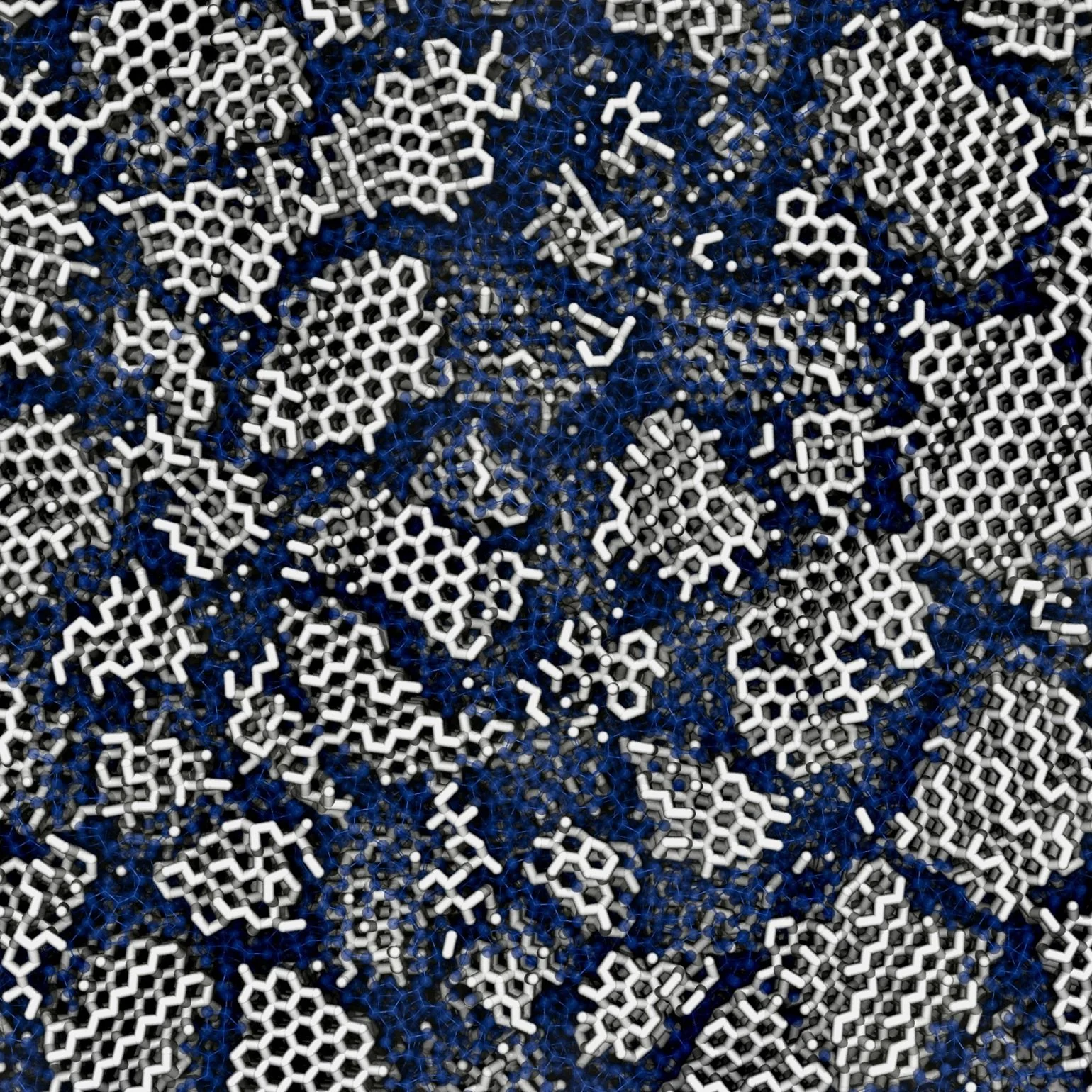By Jason Matthews
The first exoplanet detected using the stellar transit method is also the first subject in a new study, and the results reveal something unexpected.
The exoplanet, affectionately named HD 209458b, underwent a detailed spectroscopic analysis of its atmosphere to identify its chemical composition. For the first time, researchers have identified six separate molecules and their relative quantities using the Telescopio Nazionale Galileo in La Palma, Spain. Over four Stella transitions, the team identified the spectroscopic fingerprints of the molecules: methane, hydrogen cyanide, ammonia, acetylene, carbon monoxide, and low amounts of water vapor.
A view of the Galileo National Telescope which was for this study - Image Credit: herraez via iStock/Getty Images - HDR tune by Universal-Sci
The surprising result of this study was the amount of carbon discovered in the atmosphere. This exoplanet is Jupiter-like but closer to its star, much closer. HD 209458b orbits at around 7 million km or 0.05% of the distance Earth is from our sun. Based on the known composition of the star [from previous analysis], any gas giant that formed at this distance would have twice the amount of oxygen in its atmosphere as carbon. But this is not the case with HD 209458b. The researchers detected equal amounts of carbon to oxygen in its atmosphere. In other words, the planet is in the wrong place!
Dr. Siddharth Gandhi of the University of Warwick Department of Physics explains: "There is no way that a planet would form with an atmosphere so rich in carbon if it is within the condensation line of water vapor. At the very hot temperature of this planet (1,500K), if the atmosphere contains all the elements in the same proportion as in the parent star, oxygen should be twice more abundant than carbon and mostly bonded with hydrogen to form water or to carbon to form carbon monoxide. Our very different finding agrees with the current understanding that hot Jupiters like HD 209458b formed far away from their current location."
"The key chemicals are carbon-bearing and nitrogen-bearing species. If these species are at the level we've detected them, this is indicative of an atmosphere that is enriched in carbon compared to oxygen. We've used these six chemical species for the first time to narrow down where in its protoplanetary disc it would have originally formed."
An artist impression of exoplanet HD 209458b as it transits its host star - Image Credit: University of Warwick/Mark Garlick
The most likely explanation is that HD 209458b formed initially further out from its star, around the same distance as Jupiter and Saturn are from the sun, and transitioned to its current position. Although there is not [and may never be] enough data to determine why this happened, the researchers have successfully demonstrated a more detailed analysis of exoplanets' atmospheres for the first time. This has significant implications for future studies that try to identify possible life-supporting atmospheres on rocky exoplanets.
The lead author of the paper, Paolo Giacobbe, a researcher at the Italian National Institute for Astrophysics (INAF), offered, "If this discovery were a novel, it would begin with, 'In the beginning, there was only water...' because the vast majority of the inference on exoplanet atmospheres from near-infrared observations was based on the presence (or absence) of water vapor, which dominates this region of the spectrum. We asked ourselves: is it really possible that all the other species expected from theory do not leave any measurable trace? Discovering that it is possible to detect them, thanks to our efforts in improving analysis techniques, opens new horizons to be explored."
Dr. Matteo Brogi from the University of Warwick team added, "By scaling up these observations, we'll be able to tell what classes of planet we have out there in terms of their formation location and early evolution. It's really important that we don't work under the assumptions that there is only a couple of molecular species that are important to determine the spectra of these planets, as has frequently been done before. Detecting as many molecules as possible is useful when we move on to testing this technique on planets with conditions that are amenable for hosting life because we will need to have a full portfolio of chemical species we can detect."
If you are interested in a more detailed overview of the study we covered in the article, be sure to check out the paper listed below.
Further reading:
If you enjoy our selection of content, consider subscribing to our newsletter
FEATURED ARTICLES:












